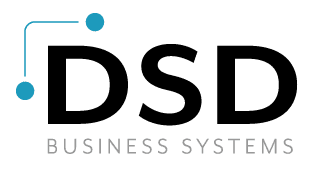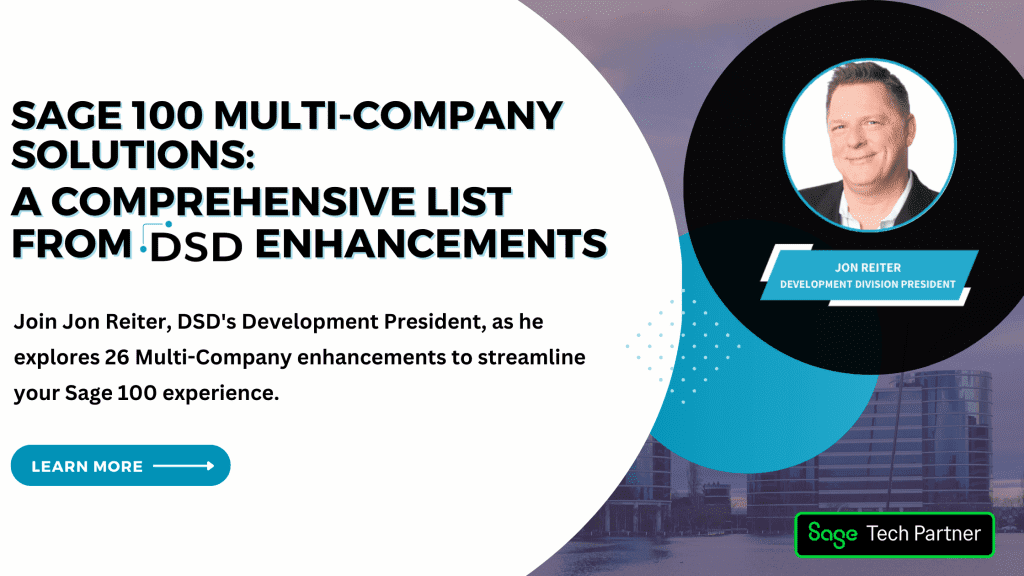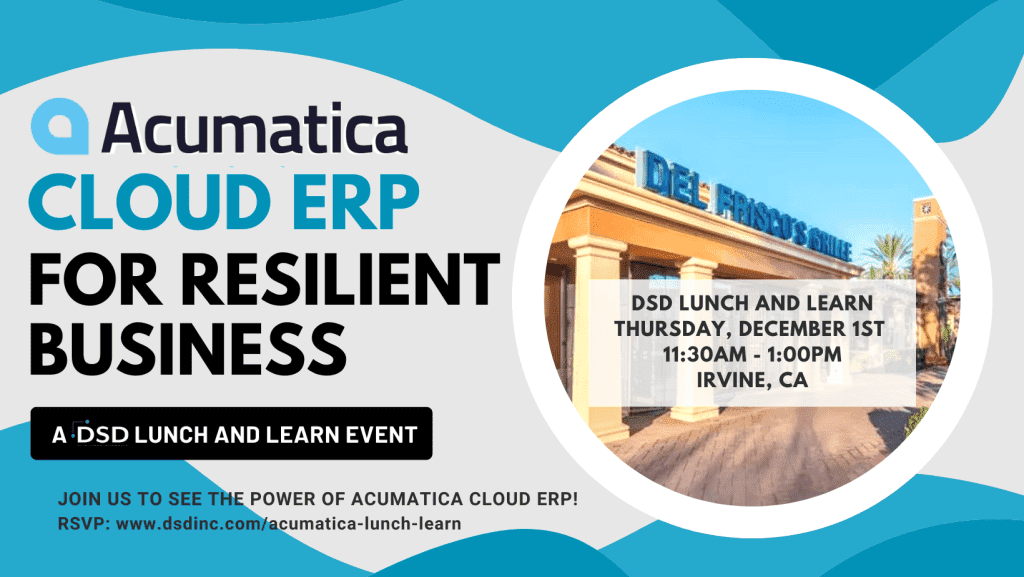Downsizing Your ERP System – Part 1
Blog by Doug Deane
When families experience lower income or rapidly rising costs, they must often downsize in order to be able to meet their financial obligations. Enterprises these days are facing the same challenges and they, too, are downsizing their financial lifestyles. That often means moving downstream from a costly and high maintenance ERP solution such as Oracle, SAP or PeopleSoft (Tier 1) to something a bit more modest such as Sage MAS 500, Sage Accpac ERP, or Sage MAS 200 (Tier 2). And for smaller enterprises, downsizing may mean transitioning from Microsoft GP or Epicor to Sage Peachtree or BusinessWorks (Tier 3).
In fact, while it represents a sizable undertaking to downsize from a Tier 1 ERP system, it can certainly be worth the effort, even when measured over a small period of time. Because the cost of a downsized system, including implementation and data conversion charges, can often be less than the annual maintenance renewal fee for a Tier 1 system, the payback period is often a year or less! For companies moving from a Tier 2 to a Tier 3 product, the cost and ROI benefits are similar.
For those of you who are skeptics, you should be aware that during the past 20 years, as desktop computing power became more and more formidable, the functionality gap between the Tier 2 and Tier 1 ERP systems closed dramatically. 20 years ago, it was unheard of for a Tier 2 package to do competent warehouse management and on-demand or just-in-time inventory forecasting, but now it is commonplace. So, companies who have had their Tier 1 system in place for over a decade will be surprised when they see Tier 2 ERP functionality.
Some challenges associated with downsizing are:
- End-user resistance. There may be one or more users who fear downsizing and who may sabotage the new system.
- Cultural mismatch. It is possible that there could be a mismatch between the new downsized ERP system and your organization’s “information culture”. Both of these challenges can be overcome by closely communicating your goals and your timetable to your support staff, by involving them in the evaluation process, and by developing a detailed mission statement for the project.
- Customizations. Tier 1 systems are notorious for having tremendous amounts of customization. If a Tier 2 product is replacing the existing system, programming modifications or customizations of some sort may be necessary to duplicate some of the most important functionality in the high end module. If customizations are not preferred, then the organization may have to make small but important changes in the way that they do business. Tier 2 customizations can be in the form of programming modifications, simple customizations to the user interface, or in the form of custom reports using the report writer supplied with the Tier 2 system.
In Part 2 of this article, I’ll give you a strategy for downsizing your ERP system in a way that maximizes your chance for success.
———————————–
Doug Deane is President of DSD Business Systems, a national provider of on-demand (cloud) and on-premises ERP and CRM software, specializing in wholesale distribution, manufacturing, warehouse management, inventory, business intelligence and eCommerce software. DSD offers Sage 100 (formerly MAS 90), Sage 300 (formerly Accpac), Sage 500 (formerly MAS 500), NetSuite, Sage FAS, Sage HRMS (formerly Abra), Sage CRM, Sage SalesLogix, Extended Solutions, and Custom Programming.








